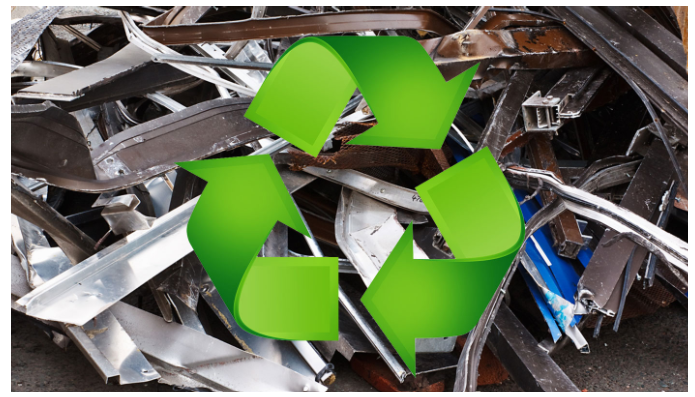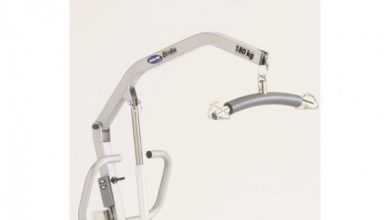Environmental Impact of Recycled Steel and Scrap Metal Industries

In an era increasingly defined by sustainability and environmental responsibility, the recycling of steel and scrap metal plays a crucial role in mitigating the environmental impact of industrial activities. This article explores how these industries contribute to sustainability efforts while addressing the challenges and benefits associated with their practices.
Importance of Recycling Steel and Scrap Metal
Steel and scrap metal recycling are pivotal for several reasons. Firstly, they significantly reduce the need for raw materials extraction. By reprocessing discarded steel and metal, industries decrease reliance on iron ore mining, which is energy-intensive and has significant environmental repercussions. This reduction in mining activities helps conserve natural resources and minimizes habitat destruction associated with mining operations.
Moreover, recycling steel and scrap metal conserves energy. Producing steel from recycled materials consumes less energy compared to manufacturing steel from raw iron ore. According to the American Iron and Steel Institute, recycling steel saves up to 74% of the energy required to produce new steel from raw materials, contributing directly to reducing greenhouse gas emissions.
Environmental Benefits of Steel and Scrap Metal Recycling
The environmental benefits of recycling steel and scrap metal extend beyond energy conservation. One of the most critical advantages is the reduction in greenhouse gas emissions. The steel industry is one of the largest industrial emitters of carbon dioxide (CO2). By recycling steel, emissions associated with ore mining, transportation, and primary steel production are significantly reduced. This reduction helps combat climate change and supports global efforts to achieve carbon neutrality.
Furthermore, recycling steel and scrap metal helps in managing waste. Steel is highly durable and can be recycled repeatedly without losing its inherent properties. Recycling reduces the volume of waste sent to landfills, thereby prolonging the lifespan of landfill sites and minimizing the environmental impact of waste disposal.
Challenges in Recycling Steel and Scrap Metal
Despite its benefits, recycling steel and scrap metal faces challenges. Collection and sorting processes can be costly and require sophisticated infrastructure. Effective recycling also depends on separating different types of metals, as contamination can affect the quality of recycle steel. Innovations in sorting technologies and improved collection systems are continuously being developed to address these challenges and enhance recycling efficiency.
Another challenge lies in the transportation of scrap metal. Transporting heavy metal scrap to recycling facilities requires energy and can generate emissions, albeit significantly less compared to transporting raw materials. Efficient logistics and localized recycling centers can mitigate these environmental impacts.
Technological Innovations and Future Prospects
Advancements in technology are transforming the recycling landscape for steel and scrap metal. Automated sorting systems using sensors and magnets enable more precise separation of materials, enhancing recycling efficiency and reducing operational costs. Innovations in electric arc furnaces and other recycling processes are also improving energy efficiency and reducing emissions during steel production from recycled materials.
Looking ahead, the future of steel and scrap metal recycling holds promise. As countries and industries adopt more stringent environmental regulations and sustainability goals, the demand for recycled steel is expected to rise. This trend encourages investment in recycling infrastructure and fosters innovation in recycling technologies, further enhancing the environmental benefits of these industries.
Conclusion
In conclusion, the environmental impact of the recycled steel and scrap metal industries underscores their critical role in sustainable development. By reducing energy consumption, minimizing greenhouse gas emissions, and managing waste effectively, these industries contribute significantly to environmental conservation efforts globally. While challenges exist, technological advancements and increasing awareness of environmental stewardship are paving the way for a more sustainable future driven by the recycling of steel and scrap metal.
Through continued innovation and collective efforts across sectors, the recycling of steel and scrap metal will continue to be a cornerstone of environmental sustainability, ensuring a greener and more resilient planet for future generations.




